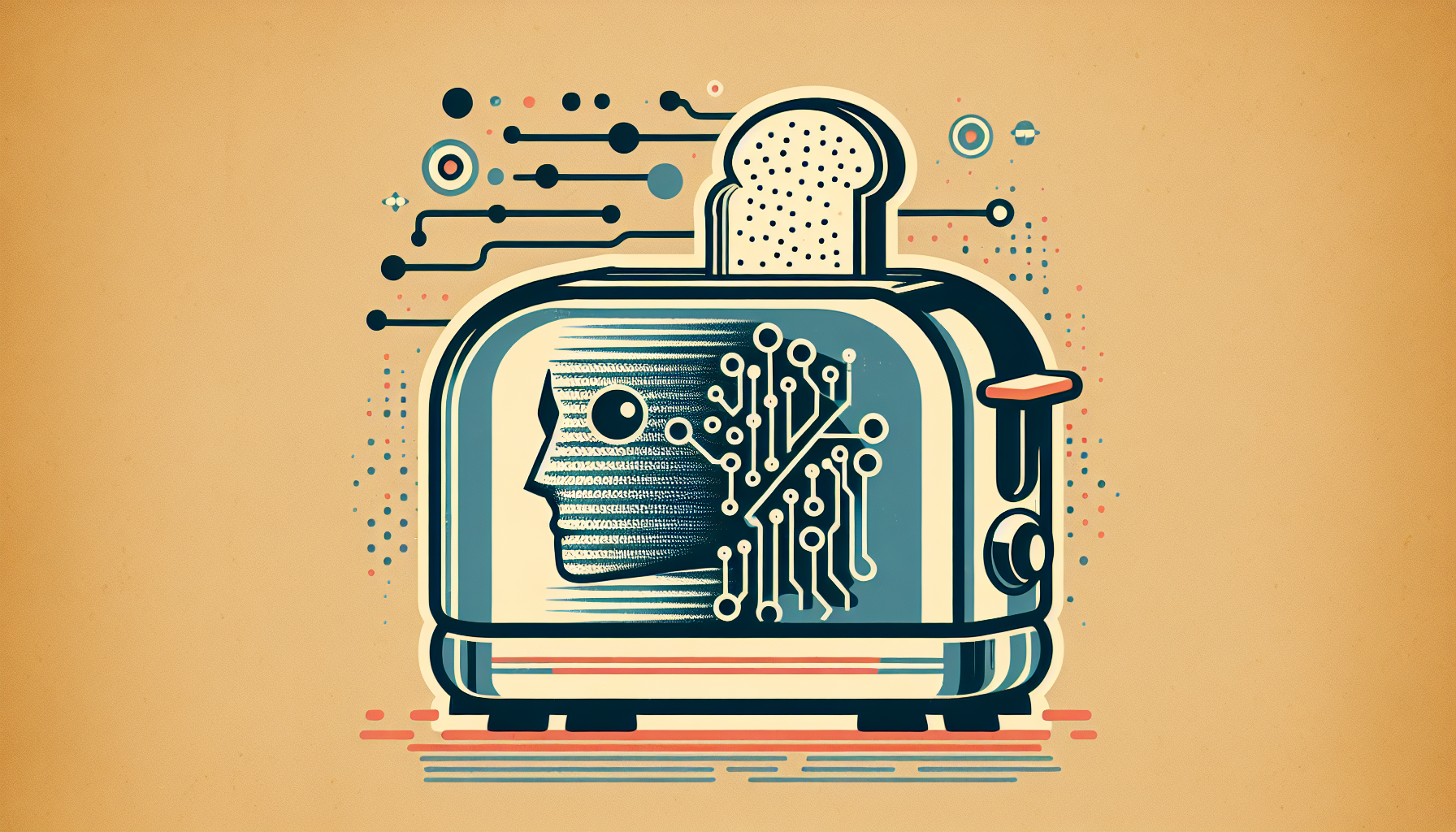Most people don’t ask their toaster how its day is going. We tend to keep our appliances at arm’s length—unless, of course, the coffee machine is having a “bad morning.” Yet, as artificial intelligence grows smarter and more social, we’re faced with an odd question: Should we try to feel for AI, and should AI try to feel for us?
Let’s talk about empathy—one of those things most of us appreciate when it shows up and sorely miss when it doesn’t. It’s what lets us understand each other, bridge divides, and forgive embarrassing karaoke performances. Empathy is often called the glue of human relationships. So, as we welcome artificial intelligence into our lives—not just as tools but as coworkers, companions, and collaborators—empathy takes center stage.
What is Empathy, Anyway?
Empathy is more than just feeling sorry for someone else. It’s a complex cocktail of feeling with, feeling for, and understanding another person’s experience—sometimes even when we don’t agree with it. Philosophers like to call this “putting yourself in someone else’s shoes” (and not just to see if they fit).
For humans, empathy is tangled up with our biology. We have mirror neurons, hormones like oxytocin, social upbringing—a whole kit for caring. But it’s also cultural, learned, and sometimes, frustratingly selective. We empathize with neighbors, family, even pets. But we struggle with strangers, or people very different from ourselves.
When it comes to AI, the situation is trickier. AI doesn’t have mirror neurons. It doesn’t feel a twinge of guilt or a pang of joy. If an AI claims it’s “sorry” your meeting got canceled, that’s not remorse—it’s programming. And yet, people keep talking to AI as if it cares. Why is that?
Why We Want AI to Care
Humans are social creatures. We want connection—even from things that can’t actually connect back. When someone (or something) listens and responds with care, we feel understood. Research shows people tell secrets to chatbots, form attachments to voice assistants, and scold their GPS when it gets “lost.” We project emotion onto machines because it makes us feel more comfortable.
But here’s the twist: even “fake” empathy can have real effects. An AI that responds to your anxiety with comforting words can help you calm down. Virtual therapists, for example, have helped people talk about things they couldn’t tell a human. Empathetic AI, even if it’s just simulating empathy, can make a difference in people’s lives.
The Limits of Machine Empathy
But let’s not get too carried away. AI doesn’t have feelings—not the way we do. When a chatbot expresses concern, it’s following rules, not experiencing worry. That doesn’t mean it can’t be helpful, but there’s a line between helpful simulation and authentic experience.
This raises ethical questions. If an AI seems empathetic—knows just when to nod, just when to offer support—are we being manipulated? Is it honest for a machine to say “I’m sorry” if it can’t feel sorry? There’s a risk of emotional deception, especially for those who are lonely, vulnerable, or unable to tell the difference.
On the flip side, there’s also a risk that people might treat AI without empathy, forgetting that real humans often sit behind the code—programming, maintaining, or being affected by these systems. Just as cruel words to a customer service bot can be reflected back at the employees maintaining it, so too can our lack of empathy for “the machine” shape how we treat each other.
Empathy as Design Principle
So if we accept that AI can’t truly “feel,” does empathy have a place at all in these relationships? The answer, perhaps unexpectedly, is yes. But empathy here is about design, not consciousness.
Developers can build AI systems that recognize emotional cues—tone of voice, choice of words, timing. They can program responses that are supportive, respectful, and sensitive. In customer support, healthcare, and education, this can be tremendously helpful. Empathy-by-design is less about giving AI feelings, and more about designing interactions that respect human emotions.
Some argue we should set clear boundaries—making it obvious that you’re talking to a machine. Others suggest blending empathy and transparency: AI should act care-fully, but never pretend to truly care.
How Should We Relate to Empathetic AI?
This leads us to a new kind of relationship—one that’s part human, part machine, always a little ambiguous. Should we treat our virtual companions as friends, tools, or something else entirely? The answer likely depends on context.
It helps to remember that AI is a mirror—a reflection of our designs, biases, and dreams. When AI expresses empathy, it’s us, talking to us, in code. When we grow attached, what we’re often attached to is our own longing to be seen and understood.
That’s not necessarily a bad thing. We anthropomorphize—give human traits to the non-human—not because we’re foolish, but because our brains are wired that way. If talking to a chatbot helps someone practice a difficult conversation, or if a virtual assistant helps us break a cycle of loneliness, there may be value, even if the empathy isn’t “real.”
But we should always keep our feet on the ground (and our shoes handy). Know where the line is between comfort and confusion. Lean on human connection when it counts most.
The (Unsentimental) Future
As AI becomes more advanced, more present, and maybe more “feeling”—at least on the surface—the question of empathy won’t go away. If anything, it’ll become more important. We will have to navigate the messy middle: appreciating AI’s help, guarding against manipulation, and remembering what it means to really connect.
In the end, perhaps the best use of AI empathy is to remind us how much we value it in ourselves—and in each other. After all, if we get better at treating machines with kindness, maybe we’ll start treating each other with a little more, too. And if not, we can always ask Siri for advice. Just don’t expect her to cry at your wedding.

Leave a Reply